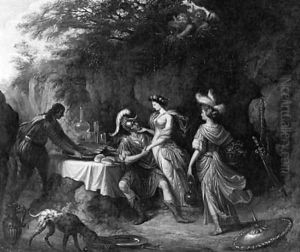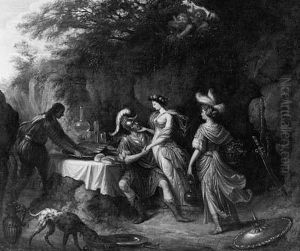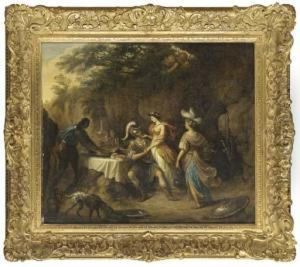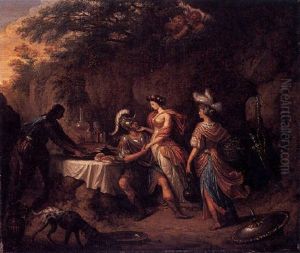Jan Quadt Paintings
Jan Quadt, also known as Johann Quadt or Janus Quadratus, was a Northern Renaissance artist whose exact birth date is not well-documented, but is estimated to be around 1460 to 1465. His place of birth is also not definitively known, but he is believed to have been born in the region that is now Germany or the Low Countries. Quadt's work as a painter and printmaker was influenced by the significant changes in art and culture occurring during the Renaissance period in Europe.
Quadt is primarily recognized for his contributions to printmaking, particularly woodcuts. His style reflects the transition from the late Gothic to the early Renaissance style. He was known for his attention to detail and his ability to convey complex religious scenes with clarity and depth. His works often featured religious themes and were used to illustrate books and religious texts, which were becoming more widely accessible due to the advent of the printing press.
Despite the scarcity of surviving works definitively attributed to him, Quadt's influence can be seen in the works of his contemporaries and those who followed. His prints contributed to the spread of Renaissance ideas north of the Alps, and his style had an impact on the development of German printmaking.
Jan Quadt's death is recorded as occurring in 1535, but much like his life, details surrounding his death are sparse. His legacy is one of a skilled printmaker who helped disseminate the artistic innovations of the Renaissance throughout Northern Europe. Today, his remaining works are valuable for the study of the history of printmaking and the transmission of Renaissance aesthetics.



